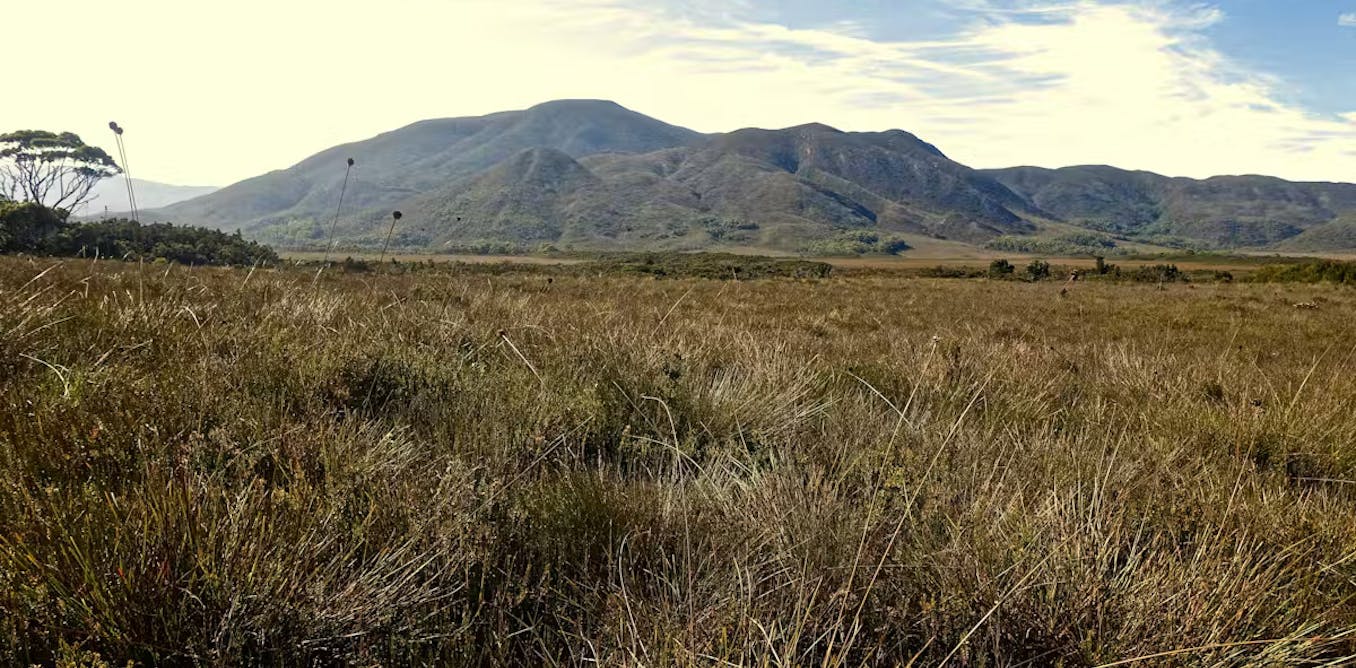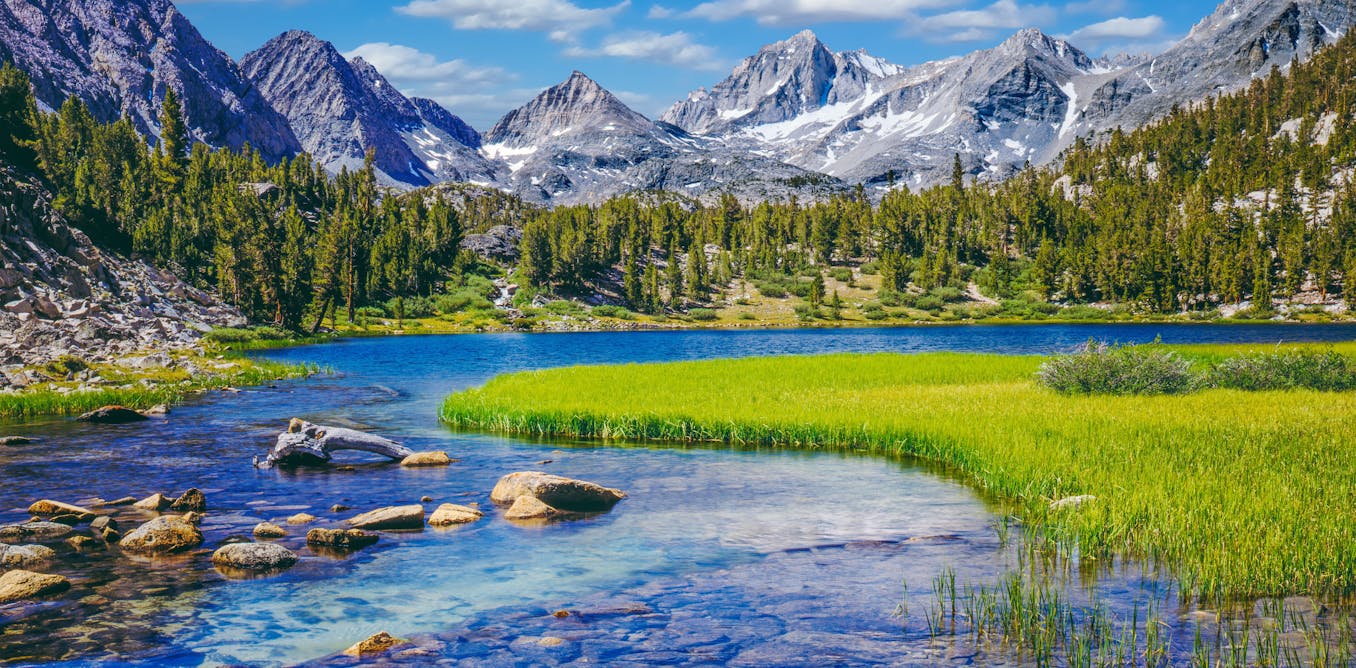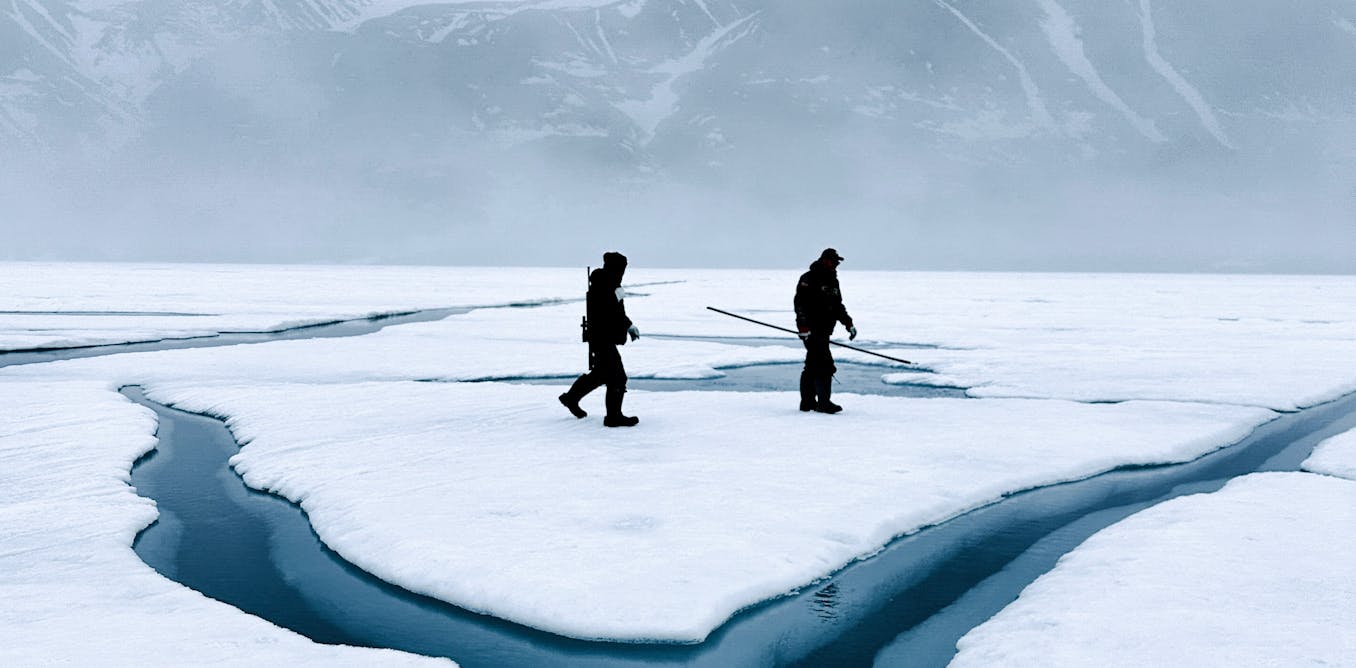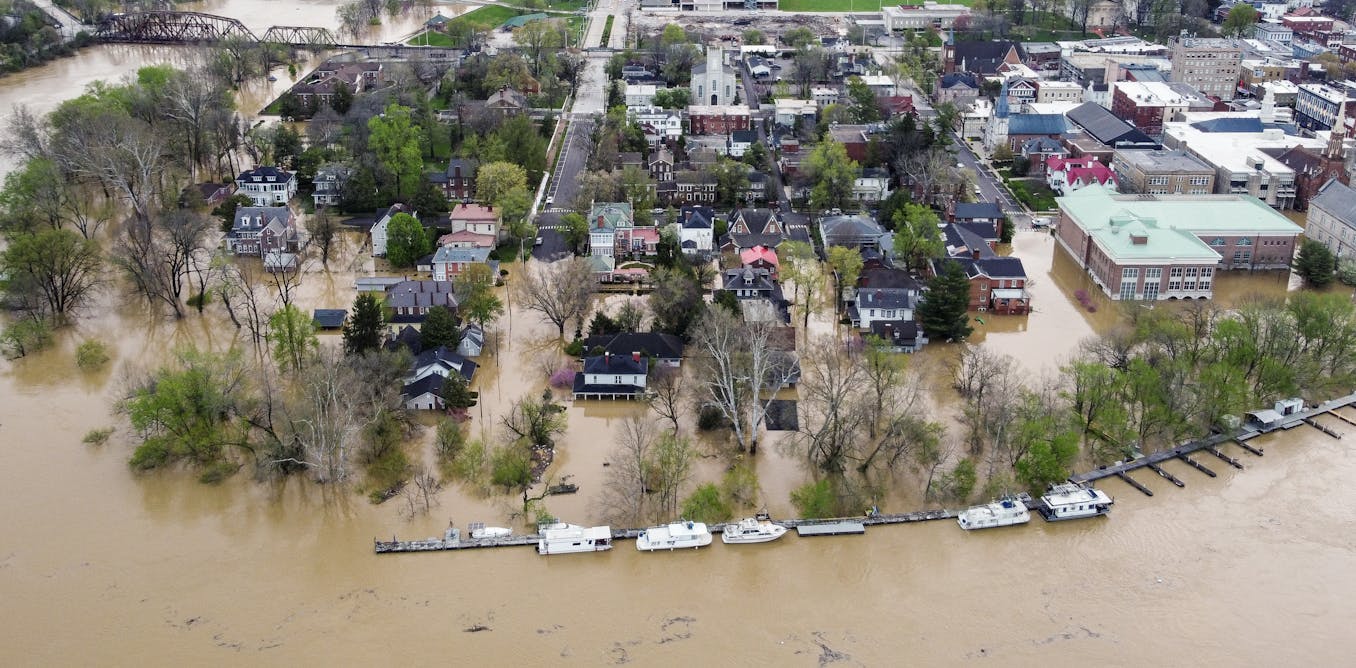A little-known ocean current surrounds Antarctica, shielding it from warm water further north. But our new research shows Antarctica’s melting ice is disrupting this current, putting the continent’s last line of defence at risk.
We found meltwater from Antarctica is speeding up the current, known as the Antarctic Slope Current. And it’s set to become even faster by mid-century.
A faster current could be more unstable. This means eddies of warm water could eat away at Antarctica’s ice, posing a major concern for the stability of the Earth’s climate system.
Faster ice-melt means faster sea-level rise. Humanity must act now to preserve this natural phenomena that helps Antarctica’s ice shelves remain intact.
Ellie Ong
Melting of Antarctic ice has global consequences
Antarctica is melting as the world warms. This causes sea levels to rise. Even just a few centimetres of sea-level rise can double the chance of flooding in vulnerable coastal regions.
Previous research has shown meltwater is also slowing the global network of deep ocean currents. These currents transport water, heat and nutrients around the planet, so a global slow-down has huge ramifications.
It’s therefore crucial to reduce further loss of Antarctic ice, to stabilise our global climate system.
The Antarctic Slope Current moves ocean water westward over the continental slope, close to the coast. It acts as a barrier, preventing warm waters from further north from reaching the ice.
In this way, the current provides an important line of defence keeping warmer water at bay. It doesn’t stop Antarctica from melting, because warming air temperatures still cause this. But it slows the process.
However, our research shows this defence is under threat.

Pete Harmsen/Australian Antarctic Division
What we did
We wanted to find out how the Antarctic Slope Current will respond to changes in wind, heat, and meltwater as the climate changes. We did this using high-resolution ocean-sea ice models.
The meltwater makes the ocean around Antarctica less salty. This makes the waters closer to the coast less dense, changing the structure of the Antarctic Slope Current and speeding it up.
The models predicted a 14% increase in the speed of the current over the past 25 years and a 49% increase over the next 25 years.
But meltwater from Antarctic ice has another effect too. We found the added water also slows down the movement of dense, salty coastal water in “waterfalls” running off the Antarctic coast that feeds into the global overturning current network.
When these waterfalls of dense water slow down, warmer waters are able to flow closer to the Antarctic continent.
Together, these changes compound and cause the Antarctic Slope Current to speed up even more.
A complex story
It might be assumed the changes we modelled would be a good thing for Antarctica. That’s because the stronger the Antarctic Slope Current, the stronger the barrier between Antarctica and the warm waters to the north.
But there’s more to the story. When ocean currents flow faster, they become more turbulent –generating vigorous eddies or whirlpools.
You can see this effect if you rapidly run your hand through a bathtub of water. Watch for the dynamic, circular whirlpools in your hand’s wake.
Ocean eddies are also becoming more vigorous under climate change.
Around Antarctica, whirlpools or eddies can move large amounts of warm water towards the poles. This can make melting worse.
So although a stronger current might be expected to act as a better shield for Antarctica, the extra eddies in its wake can have the opposing effect. These eddies can amplify the transport of heat towards Antarctica, increasing melting.
Why this matters
No matter how uncertain Antarctica’s future may be, one thing is clear: this frozen frontier is crucial to the stability of our global climate.
The Antarctic Slope Current was once a steadfast guardian of the icy continent. But now the current is being transformed by the very ice it protects.
Humanity must act fast to preserve the current, by cutting carbon emissions. When it comes to Antarctica, this action isn’t optional — it’s the only way to hold the line.

The post “Antarctica has its own ‘shield’ against warm water – but this could now be under threat” by Ellie Ong, Research Fellow, ARC Centre of Excellence for 21st Century Weather, Monash University was published on 05/23/2025 by theconversation.com






































Leave a Reply